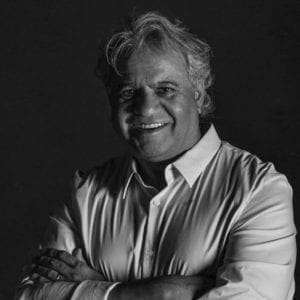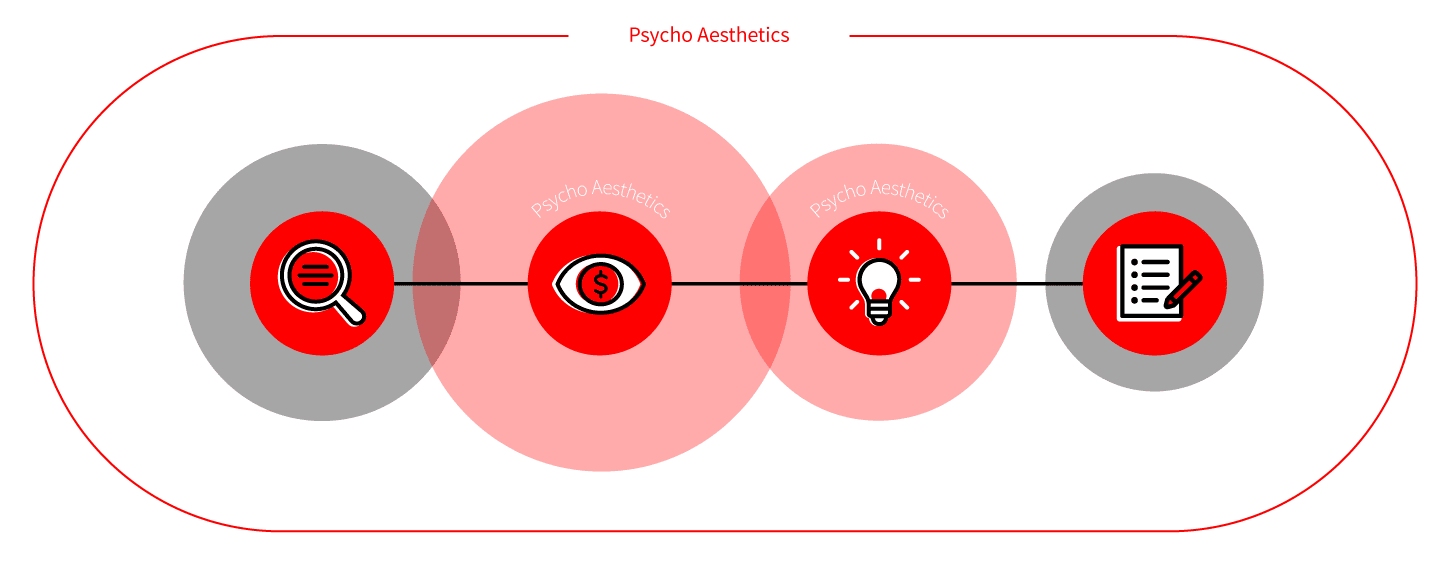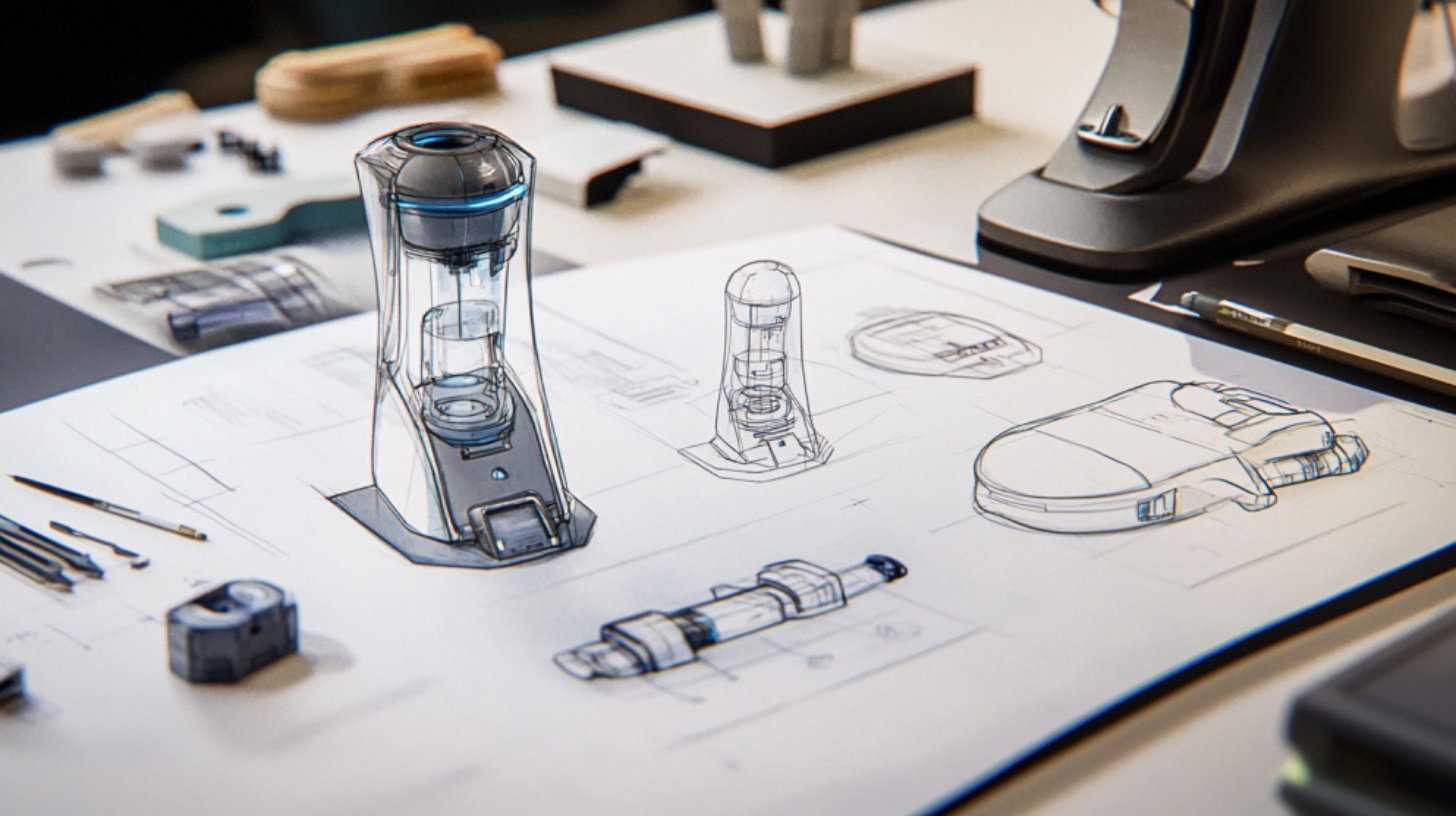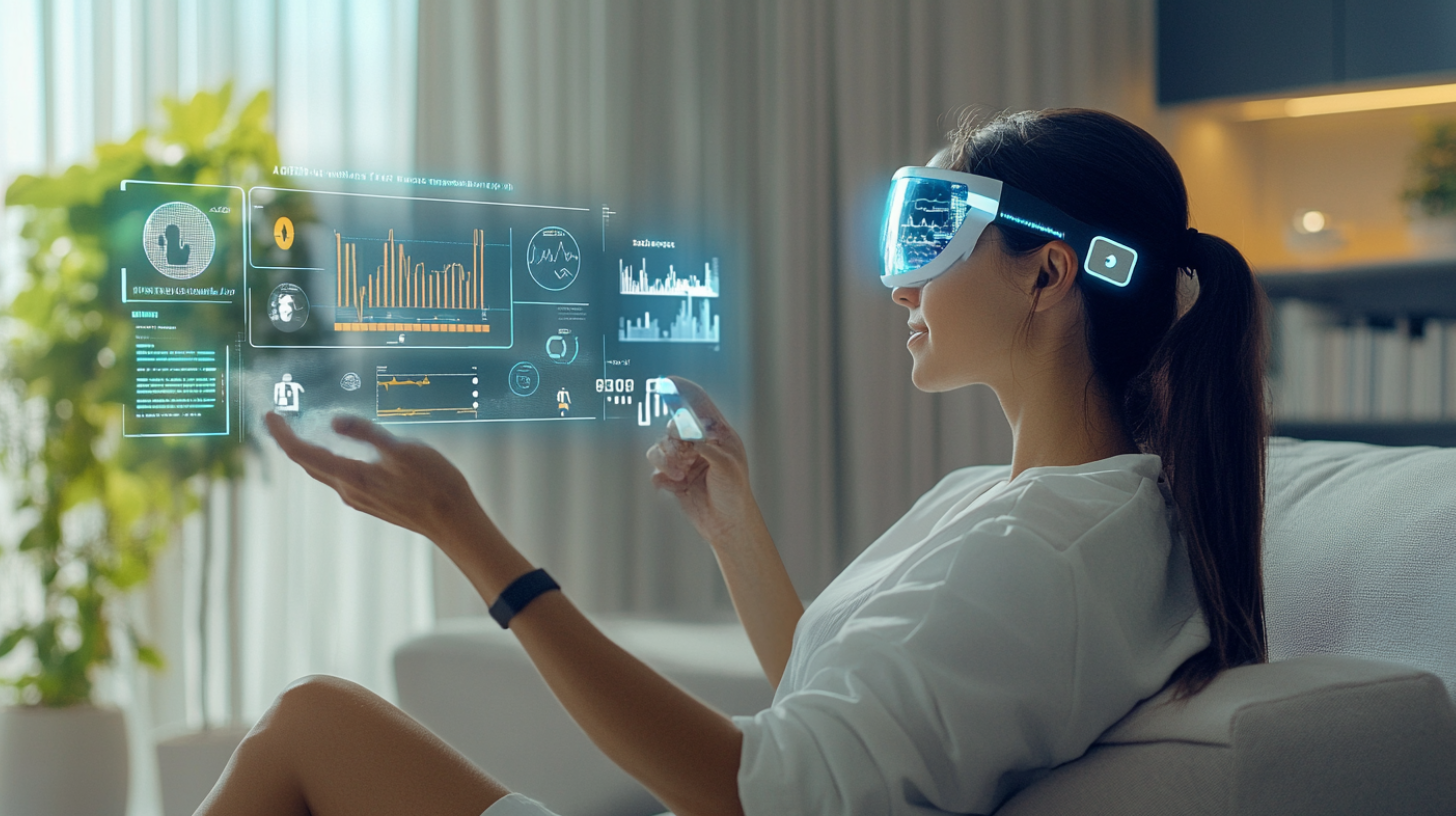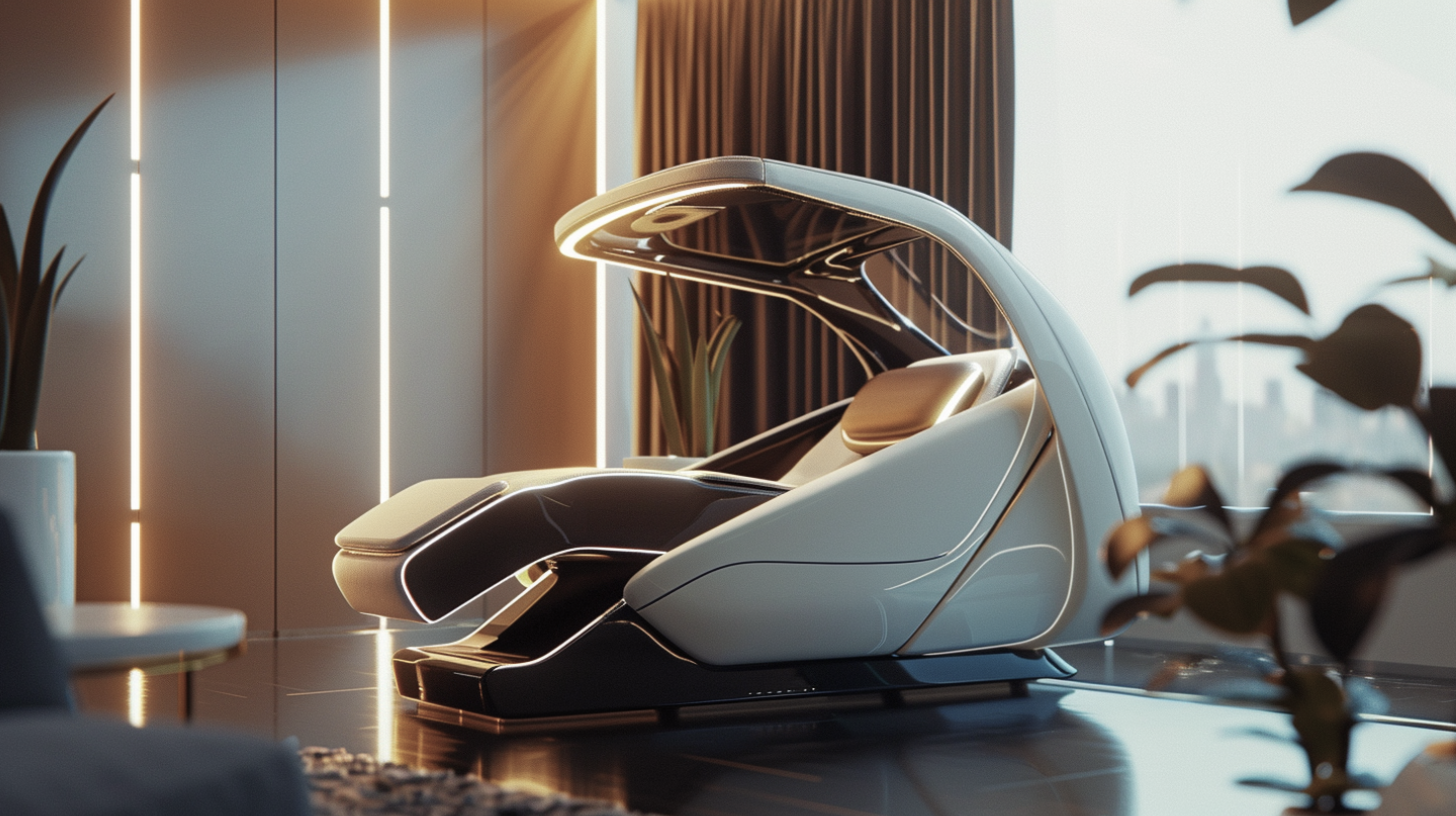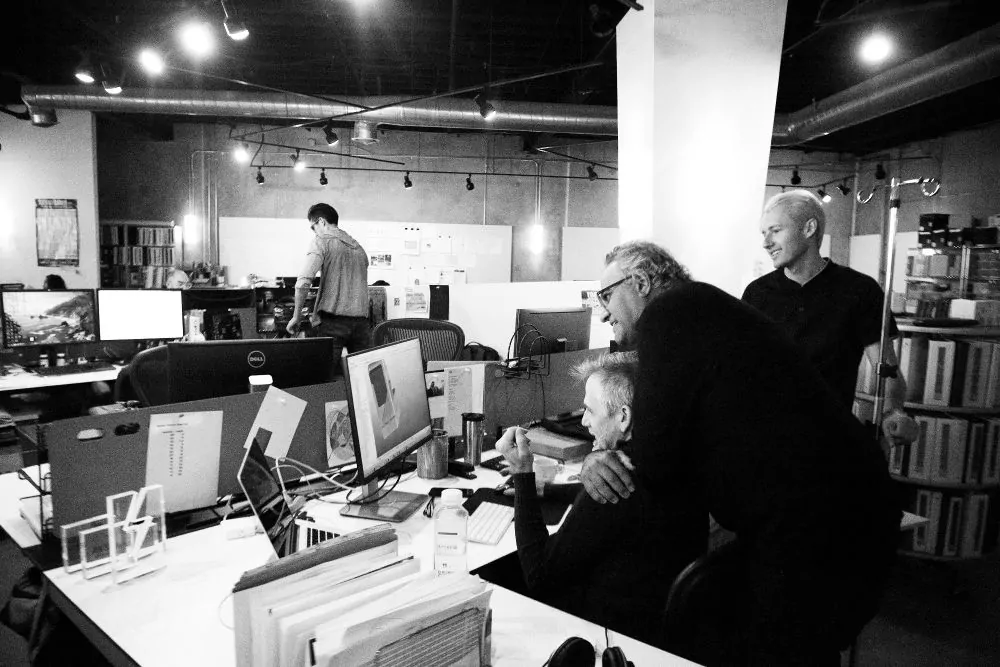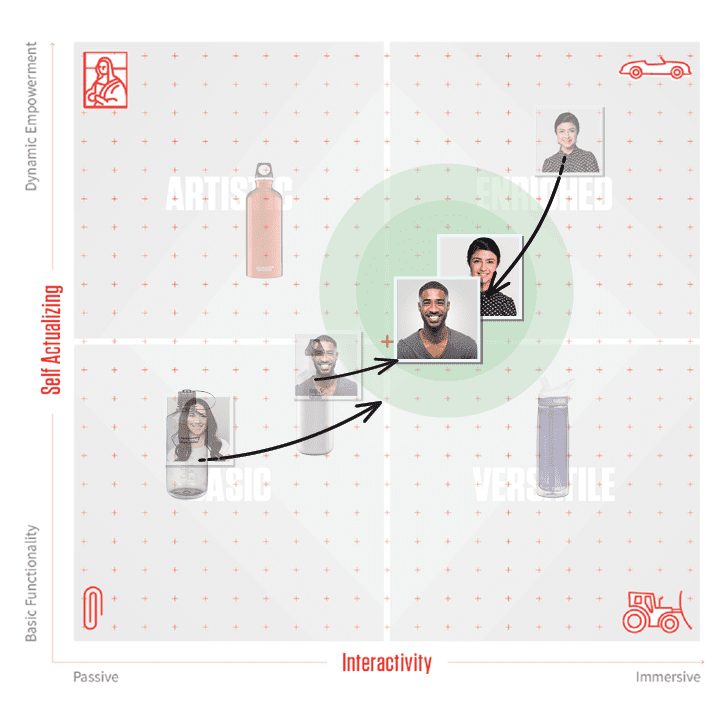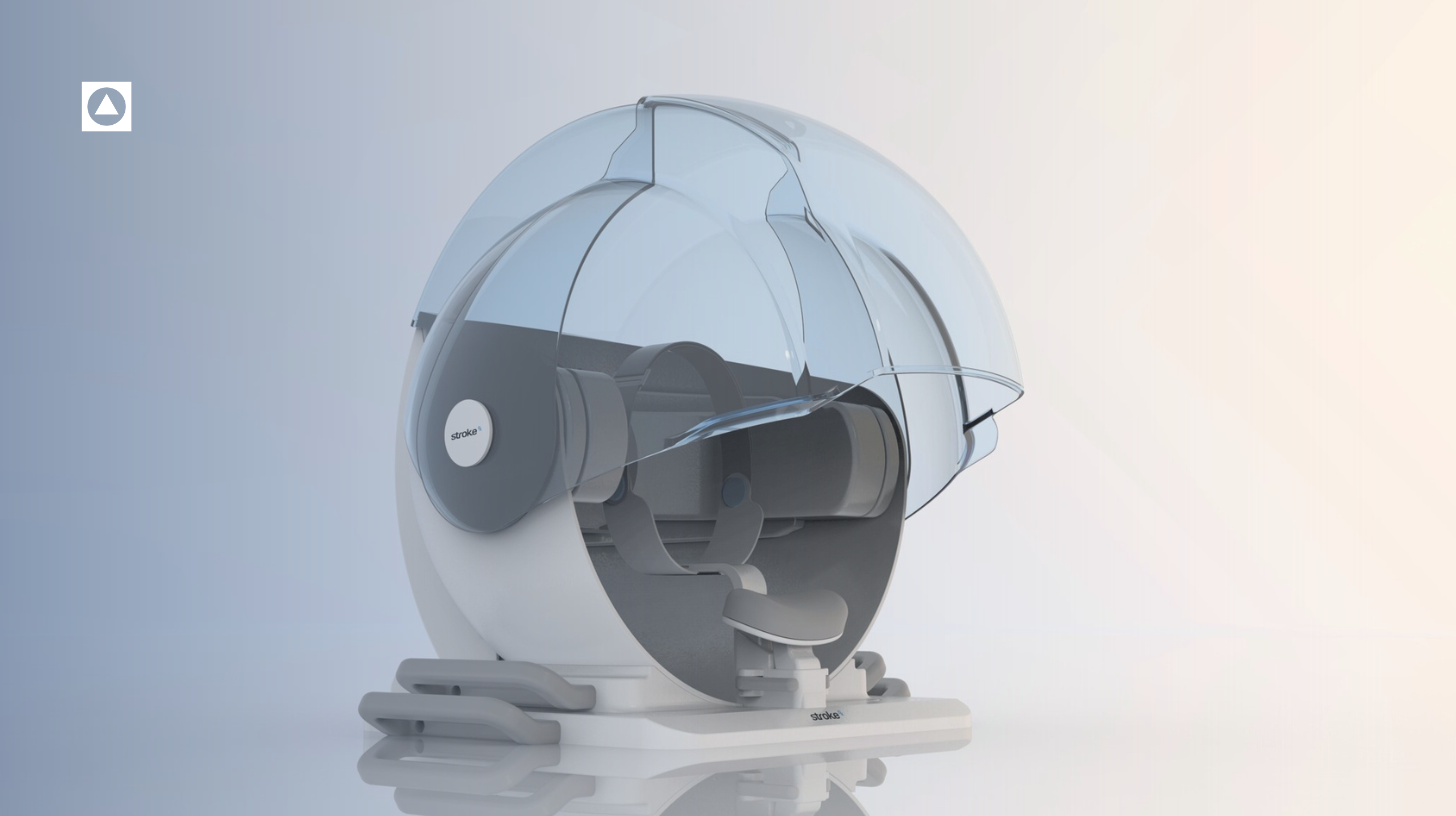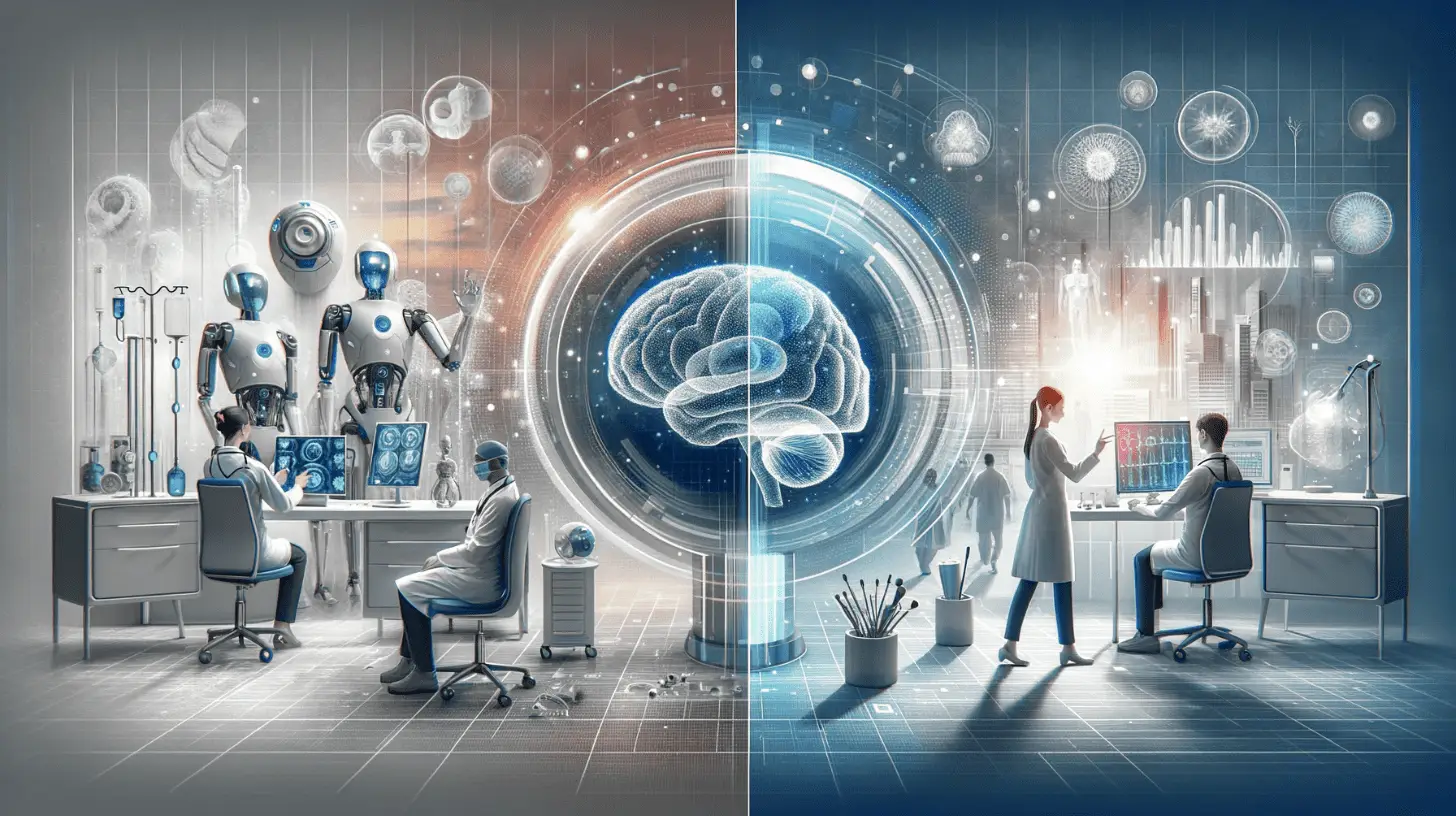Don’t Brainstorm First.
We know this is a controversial statement, but it needs to be said: “Don’t brainstorm first”. Oftentimes, designers and companies embark on new product development or service development with a collaborative brainstorm. We’ve all been in these sessions: stakeholders internal and external come together for a few hours and come up with a mountain of ideas. Indeed, brainstorming is an extremely useful tool to generate product and service ideas. But if it’s done too early in a process it will yield ideas without users. The key risk of any new product or service is product-market fit. If a new product doesn’t meet the needs of users and take into account existing competitors it will likely fail. Brainstorming is great, but only after you constrain your brainstorms to where there is product-market fit.
Over the decades we’ve used our methodology to help clients and incubate businesses that achieved product-market fit by design. It’s an open-secret and one we’re sharing here.
Identify the need (We recommend P/A)
At the beginning of a project you need to identify a need for your new product or service. Early on, you don’t know the features or designs of your product or service, but you will have a broad understanding on who you are trying to service. Traditional market sizing is one way to start, understanding the TAM, SAM, and SOME of your target industry. If you have existing product lines you may also rely on your VOC, what are our customers saying they want? Or you may have data from existing products that indicates a need for some type of new product development. It might be that the strategic vision of your company is pointing in a particular direction, or, it might just be an intuition. Many of the most successful companies in the world were started because the founder couldn’t find what they wanted, so they created it; Polaroid, Apple, and Google are some examples. Your goal here is to have a justification for focusing on your swim lane.
The P/A Map
The P/A Map is an essential tool of Psycho-Aesthetics used to find product-market fit. The P/A is a fundamentally human-centered tool that maps users’ emotional needs for self-actualization on the y-axis, and ration needs for versatility on the x-axis. 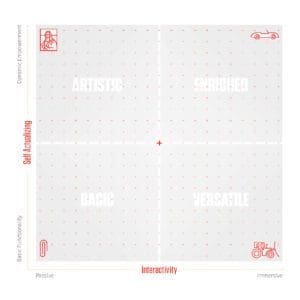 Once you’ve identified your market, the P/A Map serves as a visual presentation of your market using the lens of human-centered design. By mapping users, represented as personas, against the competitive landscape, you can easily find product-market fit. We call this the opportunity zone, where users’ needs are being unmet, or met poorly by competing products. Using this mapping process also allows you to predict outward, anticipating users needs, and designing and product for the future.
Once you’ve identified your market, the P/A Map serves as a visual presentation of your market using the lens of human-centered design. By mapping users, represented as personas, against the competitive landscape, you can easily find product-market fit. We call this the opportunity zone, where users’ needs are being unmet, or met poorly by competing products. Using this mapping process also allows you to predict outward, anticipating users needs, and designing and product for the future.
Finding the Opportunity Zones
The opportunity zones are where current offerings don’t meet existing demand. These are areas of potential product-market fit. In the P/A Map, these zones are found where users (mapped as personas) have emotional needs (self-actualization) and rational needs (versatility) that are unmet by competitors in the market. Sometimes there is one opportunity zone, and sometimes there are more than one. While these zones are usually nearby to where users are they can also be mapped to where users will be.
Mapping for the Future
Opportunity zones that exist where users will be are ways to create lasting product-market fit. Products can be designed to meet users’ needs now, but often users will change their orientation when a new product is released that is significantly superior to existing products. 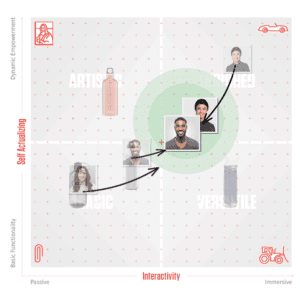 Henry Ford famously said, “If I asked customers what they wanted, they would have said a faster horse”. In the same vein, consumers will react to a new product properly designed, by moving towards that new product on the map, leaving competitors languishing. Mapping for the future is an especially powerful way to de-risk your product.
Henry Ford famously said, “If I asked customers what they wanted, they would have said a faster horse”. In the same vein, consumers will react to a new product properly designed, by moving towards that new product on the map, leaving competitors languishing. Mapping for the future is an especially powerful way to de-risk your product.
De-risking your new product
Any new product or service has executional and operational risks. The Psycho-Aesthetics process is designed to reduce these risks by using an highly iterative process to identify products, features, and services that will generate adoption and viral demand from inception. By being human-centered, P/A leads to products that meet users’ emotional and rational needs and by taking into account the competitive landscape, P/A finds an opportunity zones between existing competitive products that meet userneeds. Designing with the P/A process leads to products that are significantly de-risked because we know users want them, and we know competitors don’t already serve them.
Our process is designed to help our clients assign engineering and development resources to productive projects. Our process uses an interactive research, design, and testing process. Rooted in Psycho-Aesthetics and using elements of Agile, we use sprints to focus on individual features and components of a product or service. We research the user needs, and competitive landscape, and then align potential design choices around Key Attractors. During design sessions, we brainstorm tens and sometimes hundreds of ideas that we eventually downselect for user testing. Based on the user feedback we iterate our designs through additional sprints until we see how our designs put users on the hero’s journey. Once we know designs are aligned with our Hero’s Journey we execute our designs. Using this interactive, human-centered process we can de-risk a product, knowing that engineering and development resources are used productively.
Designing, Iterating, and Executing
Working with P/A is an iterative and collaborative process. Early on in a project or incubation we align stakeholders on how to use P/A and our human-centered design process. Over the relationship P/A becomes a collaborative tool and shared language that helps us find product-market fit. By finding product-market fit, we can de-risk new products and services early on, allowing us to focus our resources on execution and operations.
